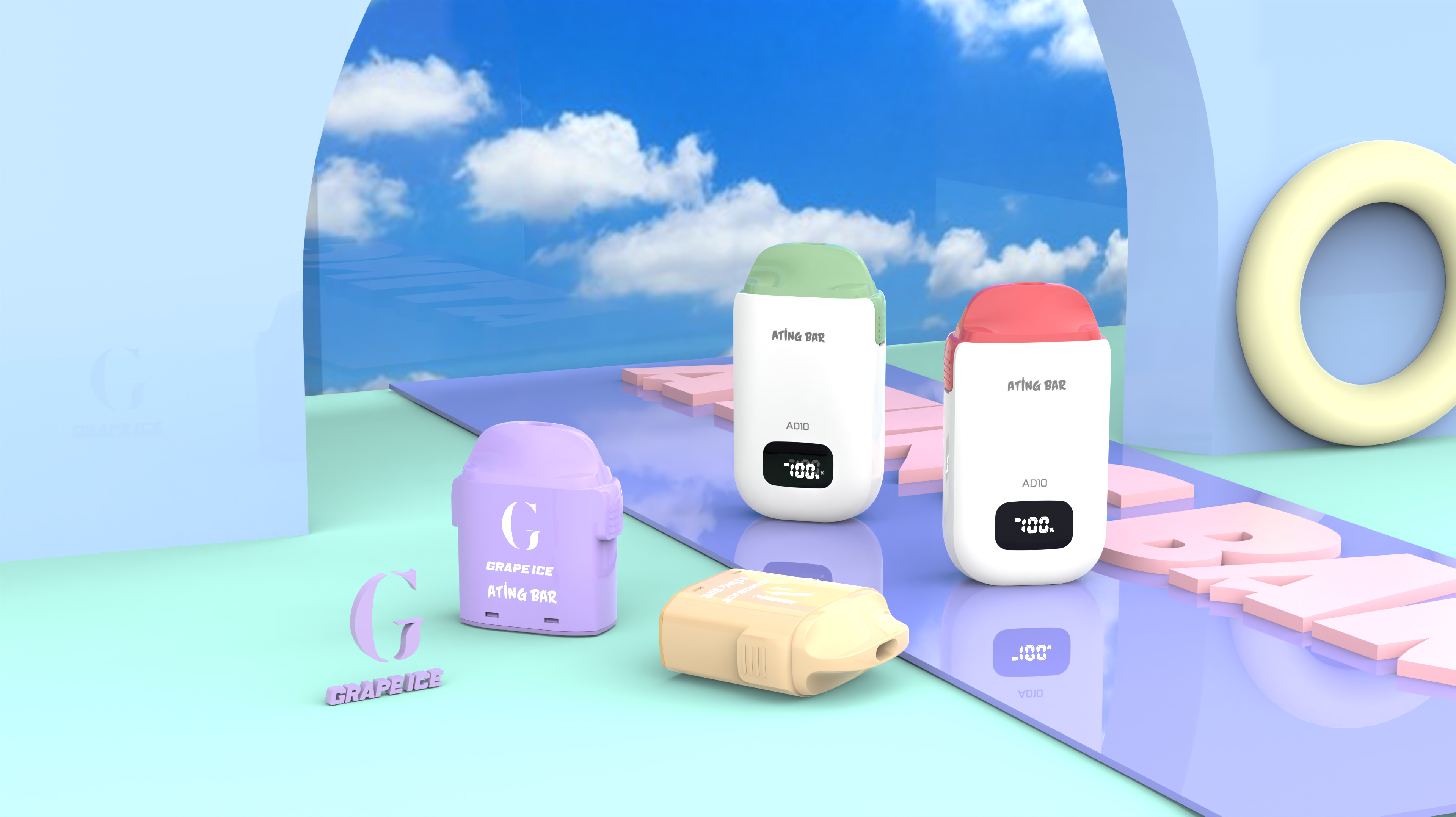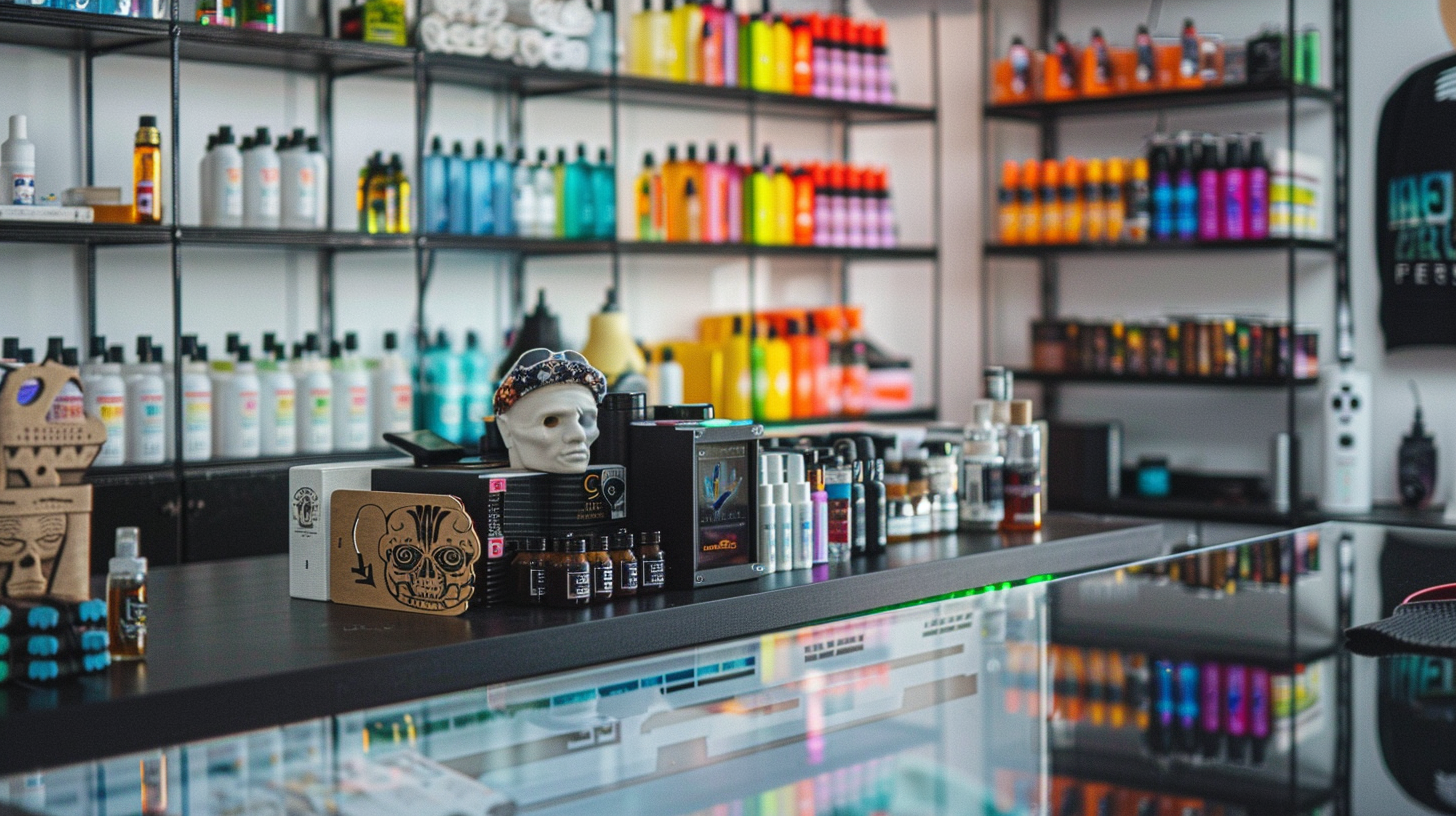Conceptualization and Product Design
The first step in the vape OEM process is conceptualization and product design. This involves brainstorming ideas, conceptualizing the product, and creating initial design sketches or renderings. During this phase, factors such as target market, product specifications, and branding elements are determined.
Prototype Development
Once the product design is finalized, the next step is prototype development. Prototyping allows for the creation of a physical model of the product, which can be tested and evaluated for functionality, performance, and aesthetics. Feedback from prototype testing is used to refine the design before moving to mass production.
Material Sourcing and Supplier Selection
After the prototype is approved, the next step is material sourcing and supplier selection. This involves identifying and selecting suppliers for components such as batteries, atomizers, coils, and casings. Quality, reliability, and cost-effectiveness are key factors considered when choosing suppliers.
Manufacturing and Production
With materials and suppliers in place, manufacturing and production can begin. This stage involves setting up production lines, assembly processes, and quality control measures to ensure that each unit meets the specified standards. Continuous monitoring and testing are conducted throughout the production process to identify and address any issues that may arise.
Branding and Packaging
Once the products are manufactured, the next step is branding and packaging. This involves designing product labels, packaging materials, and marketing collateral to reflect the brand identity and appeal to the target market. Attention to detail in branding and packaging can significantly impact consumer perception and purchasing decisions.
Compliance and Certification
Before the products can be brought to market, they must comply with regulatory requirements and obtain necessary certifications. This may include testing for safety, quality, and compliance with industry standards and regulations set by regulatory bodies such as the FDA or TPD. Ensuring compliance is essential for market entry and consumer safety.
Distribution and Marketing
Once the products are ready for market, the final step is distribution and marketing. This involves developing distribution channels, establishing partnerships with retailers or distributors, and implementing marketing strategies to promote the products to consumers. Effective distribution and marketing are critical for generating sales and building brand awareness.







Leave a comment
All comments are moderated before being published.
This site is protected by hCaptcha and the hCaptcha Privacy Policy and Terms of Service apply.